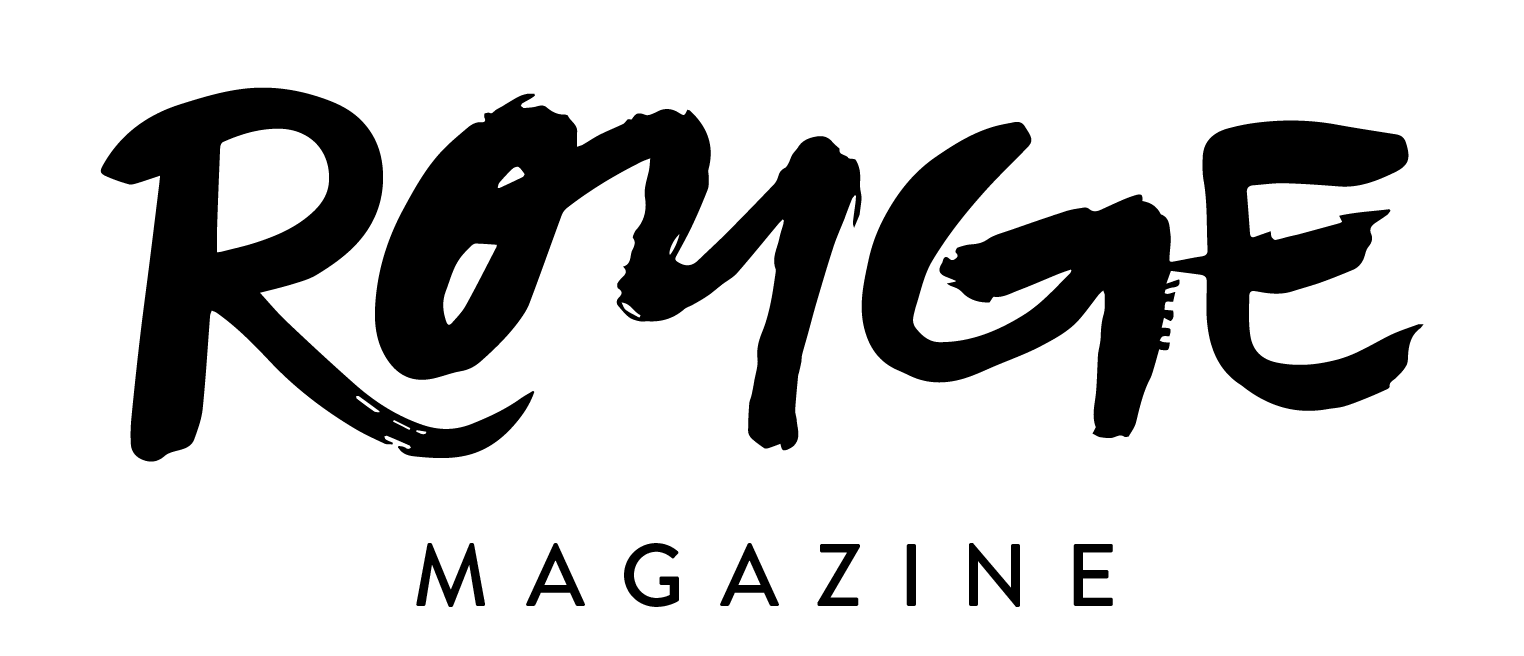From Flappers to Fashion Icons: The Ever-Changing Hemline in Women’s Fashion
Womenswear has always shifted as a reflection of the times, whether that be influenced by societal and cultural factors or iconic figures of the era. A quote that best describes the essence of fashion reads, "Fashion is not something that exists in dresses only. Fashion is in the sky, in the street, fashion has to do with ideas, the way we live, what is happening," famously expressed by the Coco Chanel. Throughout history, the hemline of women's skirts and dresses has perpetually fluctuated between longer and shorter lengths continuously.
For centuries leading up to the First World War, women adhered to a standard dress length of a "lady-like" quality (Photo 1). If a woman wore any dress or skirt above their ankle, it was considered improper and shameful. And the idea of wearing a pair of pants? Not in a million years.
(Photo 1)
In the 1920s, particularly in the aftermath of WWI, women's suffrage was at the forefront, and as a result, so was the ease of restrictions on traditional appearance. Women were essential for holding down the fort while men were off to war and also gained the right to vote, two factors that caused a shift in their independence. With a surge of feminine expression, modesty quickly left the scene, and the flapper dress came along with a fun and flirty dance (Photo 2).
(Photo 2)
The post-war tone in the 1950s was not as "risque" as the roaring twenties but also steered clear from reverting back to the old definition of modesty. Nipped waists, full skirts, and the mid-length pencil skirt did wonders for accentuating the waistline and creating an hourglass figure effect. Two iconic actresses of the era, Marilyn Monroe and Audrey Hepburn, wielded significant influence over the trajectory of women's fashion attitudes. Monroe was a blonde bombshell, widely celebrated as one of the most popular symbols of allure of her time, as she fearlessly flaunted her curves (Photo 3). Hepburn was elegant and charming in her demeanor and leaned into the cinched waist, full skirt style (Photo 4).
(Photo 3)
In the 1960s, the mini skirt was born. This decade was full of vibrant colors and free expression, allowing new styles to flourish. Music culture created by bands like The Beatles and The Supremes created a soundtrack for the go-go era. Stylish, colorful, and energetic, these go-go dancers had an enthralling energy. In this culture, women most commonly wore a mini-skirt or a dress with knee-length boots (Photo 4). These women possessed a lively, dynamic, and flashy aura, which played a role in the zeitgeist of women's fashion at the time.
(Photo 4)
A resurgence of length came in the 1970s in the form of long boho skirts and bell-bottom pants. Sexual liberation and female empowerment movements were active throughout the country, enabling women to wear androgynous looks. Additionally, hippie subcultures inspired the bohemian look of flowing maxi skirts and relaxed outfits for women (Photo 5).
(Photo 5)
A decade before the millennium began, the 1990s brought us the plaid mini skirt and staple garments that are still worn by many today, the little slip dress and the black mini skirt. In an era shaped by movies and television, the portrayal of the schoolgirl archetype, popularized by the movie Clueless, inspired countless women who admired Cher's wardrobe and sought to emulate her style (Photo 6). The slip dress and black mini skirt, widely popularized by Chanel (Photo 7), were items that expressed femininity in a minimalist and timeless manner.
(Photo 6)
(Photo 7)
The fashion in the early 2000s, known as the Y2K era, was a rollover from the 90s but on a much larger, daring scale. Dresses incorporated flashy sequins, and mini skirts became even shorter. Mini skirts were often paired with baby tees, statement jewelry, and platform shoes. Pop culture was prevalent in shaping fashion during this era, with icons like Britney Spears and Paris Hilton (Photo 8) exemplifying its influence. Culturally, women admired these icons who fearlessly pushed boundaries, reminiscent of the boldness seen in the 1920s, and embraced a spirit of rebellion against traditional modesty.
(Photo 8)
In recent years, there has been a notable resurgence of fashion trends inspired by past decades. Just to name a few, we have boho skirts, black mini skirts the size of a belt, pleated plaid schoolgirl skirts, mini lace slip dresses, and maxi denim skirts. Witnessing the modern reinterpretation of past fashion trends is fascinating, prompting us to ponder: "What will define the next popular hemline length for this decade, and what inspirations will shape it?"
References
Koo-Seen-Lin, N. (2013, September 1). The History of Hemlines. Women’s History Network. https://womenshistorynetwork.org/the-history-of-hemlines/
McKenna, A. (2023, October 1). Flapper. Encyclopædia Britannica. https://www.britannica.com/topic/flapper
Newman-Bremang, K. (2019, December 30). Did pop culture peak in the year 2000? all signs point to yes. Best Pop Culture Moments From 2000, 20 Years Later. https://www.refinery29.com/en-ca/pop-culture-2000-20-years-later
Ying Hyde, S. (2017, June 12). 1950s fashion photos and trends - fashion trends from the ’50s. The Best of 1950s Fashion. https://www.harpersbazaar.com/fashion/trends/g9996928/50s-fashion-trends/
Written by Emily Arreola
Copyedited by Emily Slepsky
Graphic by Laura Ross








